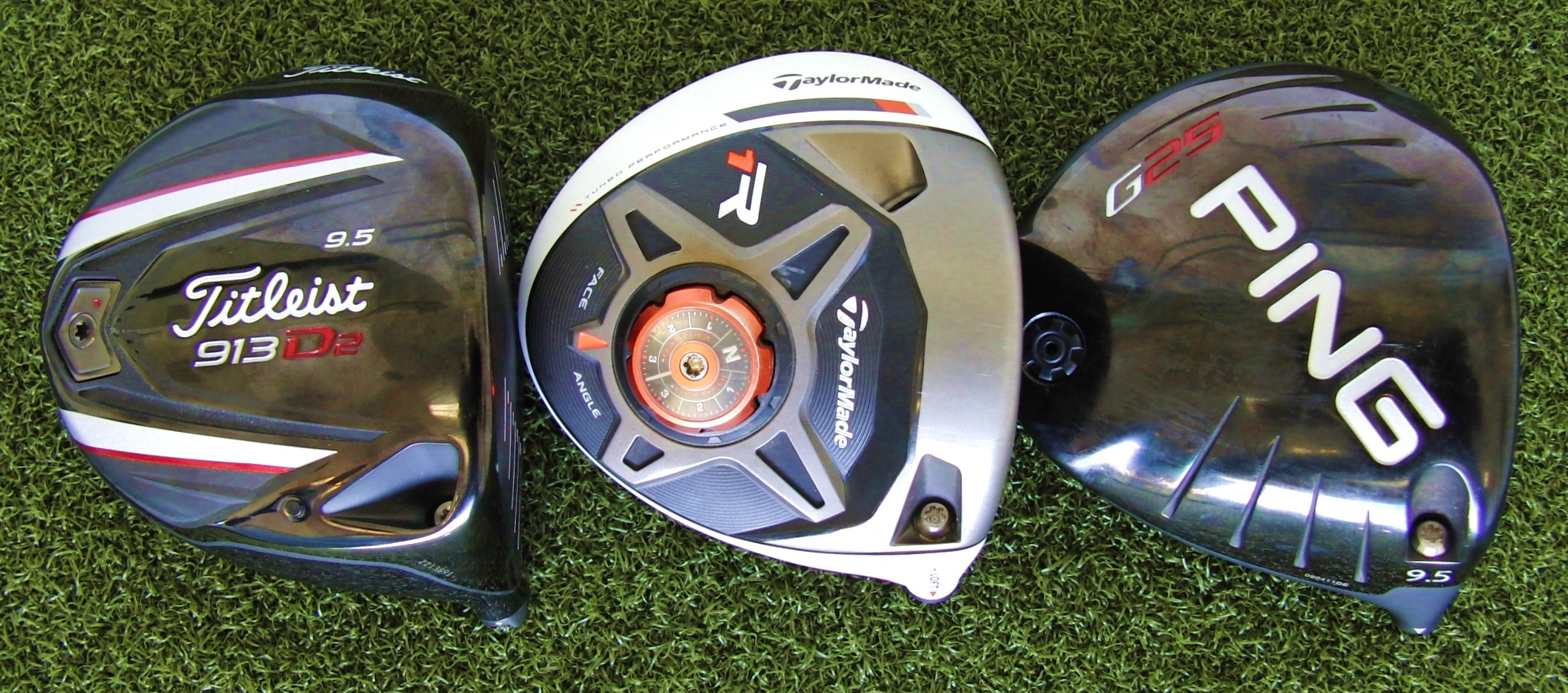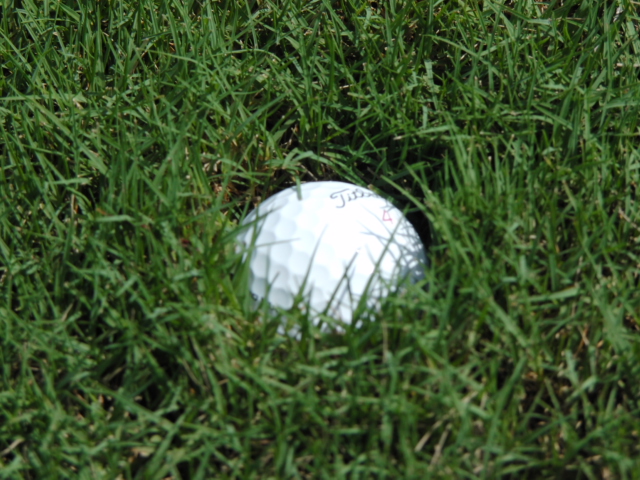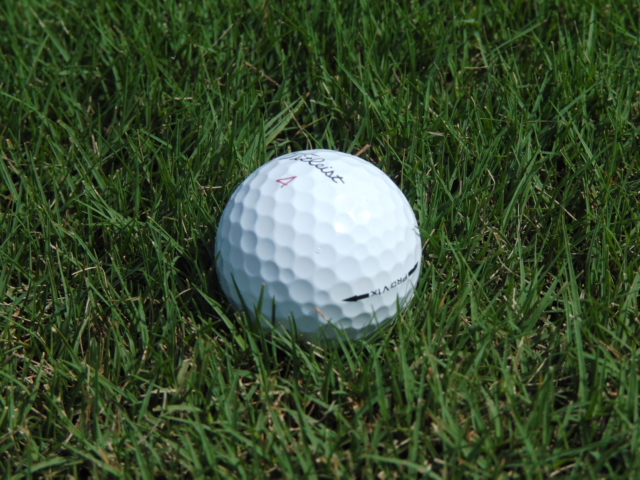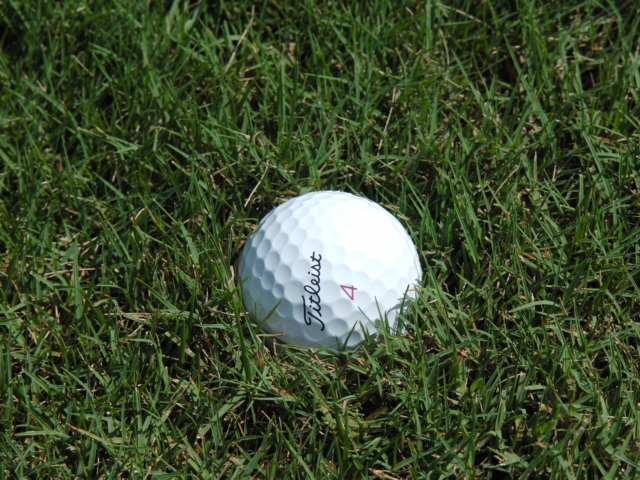Spin Rate and the Driver
/I was recently teaching an accomplished senior golf professional and he happened to hit three very interesting consecutive shots. They are illustrated in the image above starting from the orange circle and working up to the blue circle.
I thought there was some valuable information to learn from each of these three shots. Here is some TrackMan data to ponder:
Orange Strike
Spin Rate - 3252 Launch Angle - 7.5 Total Distance - 256.5 Club Speed - 103.6
Green Strike
Spin Rate - 2623 Launch Angle - 9.6 Total Distance - 269.5 Club Speed - 102.9
Blue Strike
Spin Rate - 1928 Launch Angle - 10.9 Total Distance - 274.6 Club Speed - 103.1
My experience has shown that golfers tend to be fairly consistent when it comes to club speed and this illustration shows us just that - there was a change of less than 1 mph between the golfers slowest and fastest swings. Nothing new there...
What is interesting is that where the ball was struck on the face, influenced the spin, launch and ultimately the distance that the shot traveled. You may have heard that with a driver you want to launch the ball high and spin it low. The purpose of this article is to get you to start believing it!
Stay tuned as this is the stuff that can make a tangible difference in your game...
Launch Angle
The clubface is curved from top to bottom and this is called roll. If you have a 9.5 degree driver that means (assuming the manufacturer is correct) that your club has 9.5 degrees of loft in the center (picture the "equator") of the clubface. If you strike the ball lower on the face your club effectively has less loft and vice versa for a higher strike point. well hitting the ball higher on the clubface introduces more loft to the ball and it will thus launch higher - bingo! We've got the higher launch taken care of. As you can see the ball launched more than 3 degrees higher by elevating the strike point.
Spin Rate
But what about the spin rate? How do you get that down and what is ideal? I have great news, as this is a two for one deal. When you strike the ball higher on the face the "off-center" hit causes the clubhead to twist slightly during impact and this leads to vertical gear effect and a strike above the equator will have less spin than a strike below it. I prefer to see a spin rate somewhere between 1900 and 2400 rpm's if you're looking to really make the ball go. It's amazing what a strike point that's about 1/2" above the equator will do towards getting you into that optimal spin rate range.
If you're wondering where to strike the ball on the face the above photo is just about perfect - a touch above center for higher launch and less spin and a touch towards the toe for a hint of gear effect draw. Who wouldn't want to hit high launching, low spinning, baby draws that go 20 yards longer with the exact same club speed?














